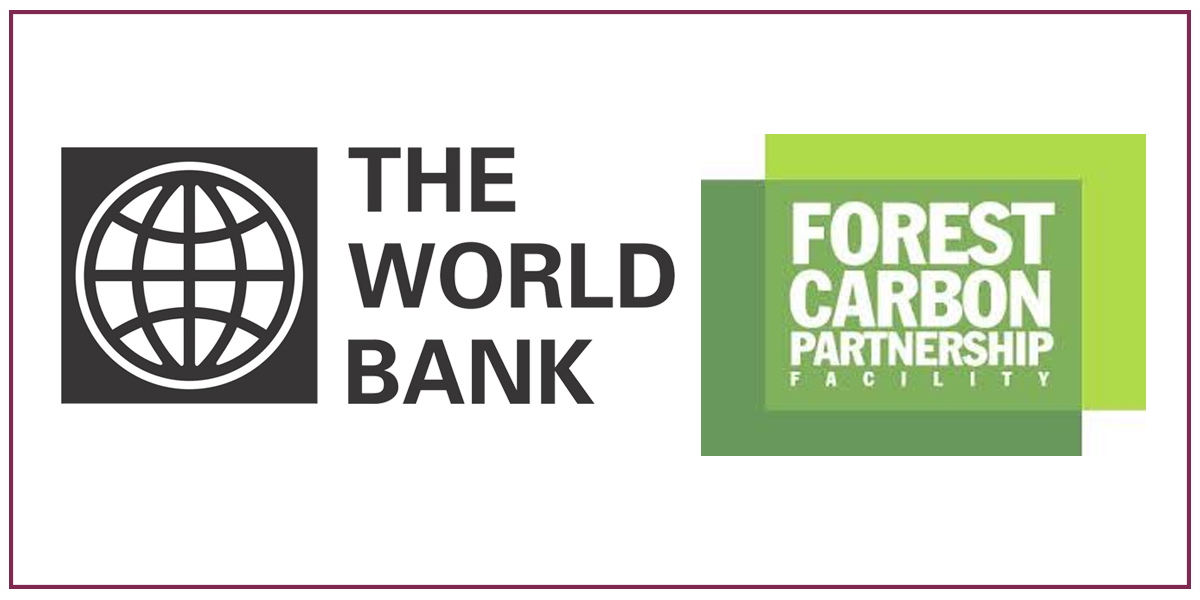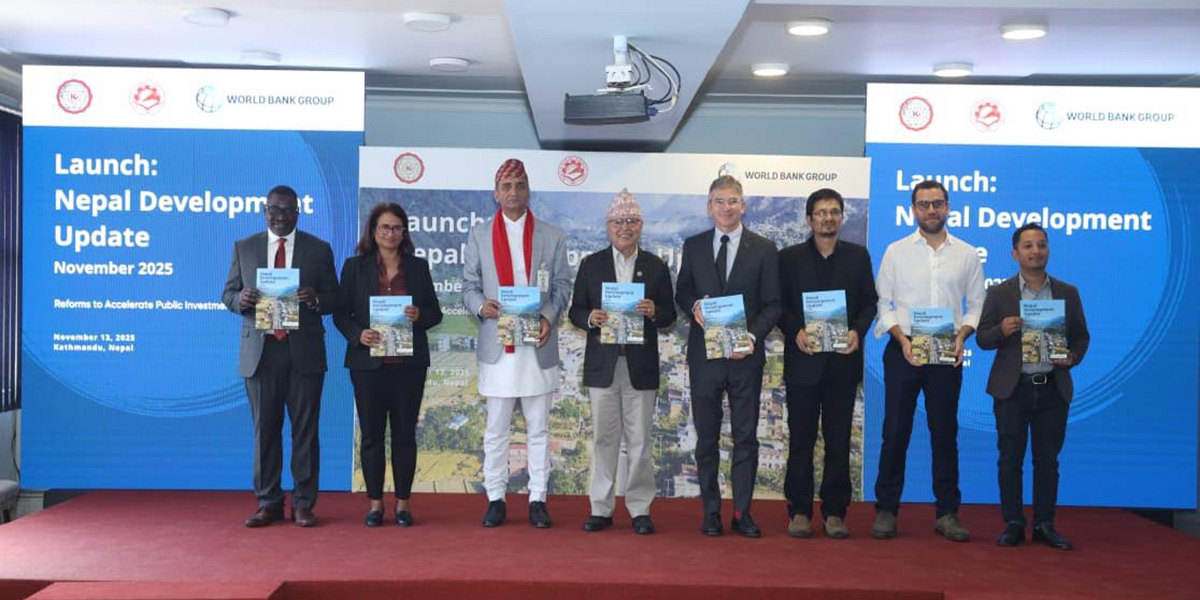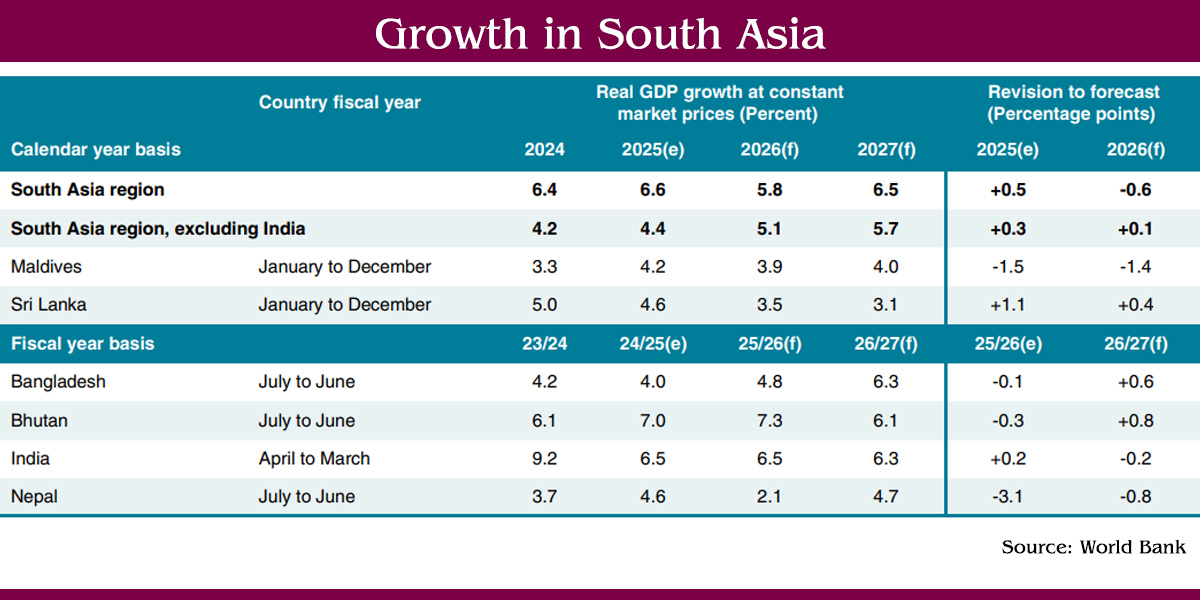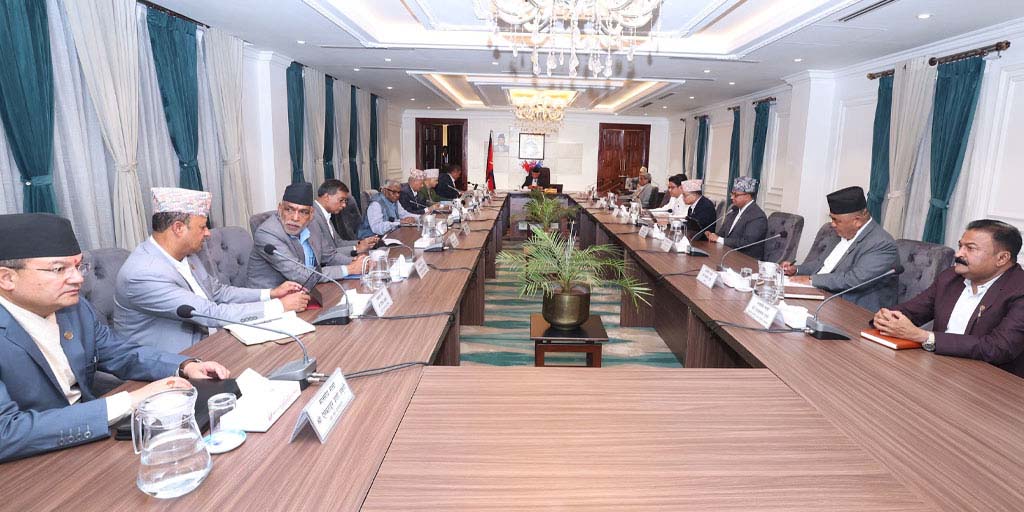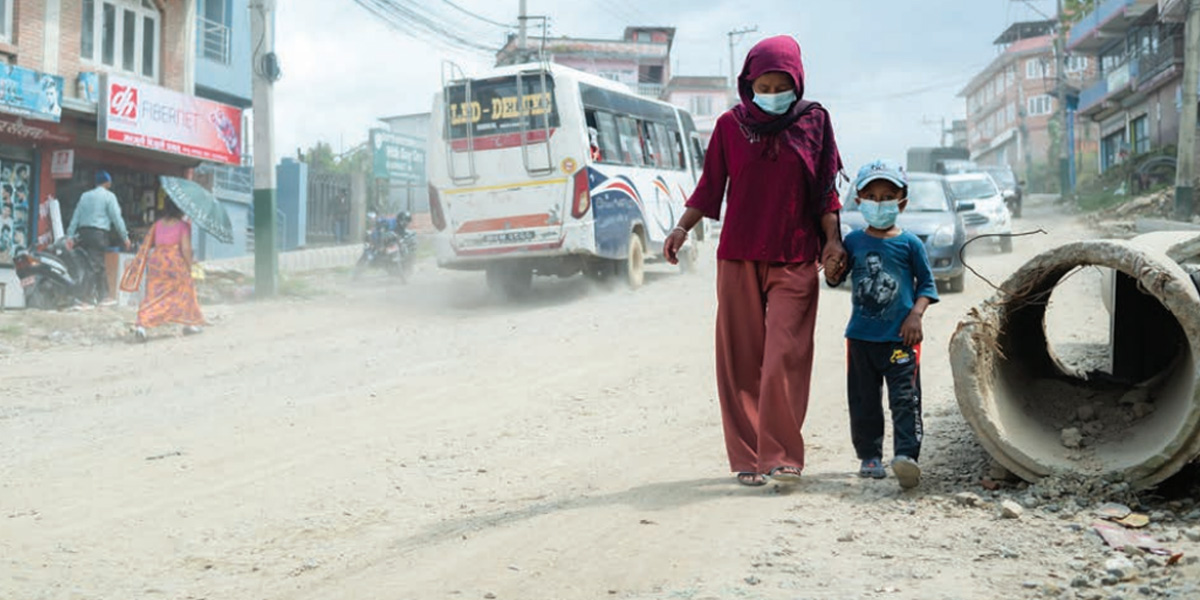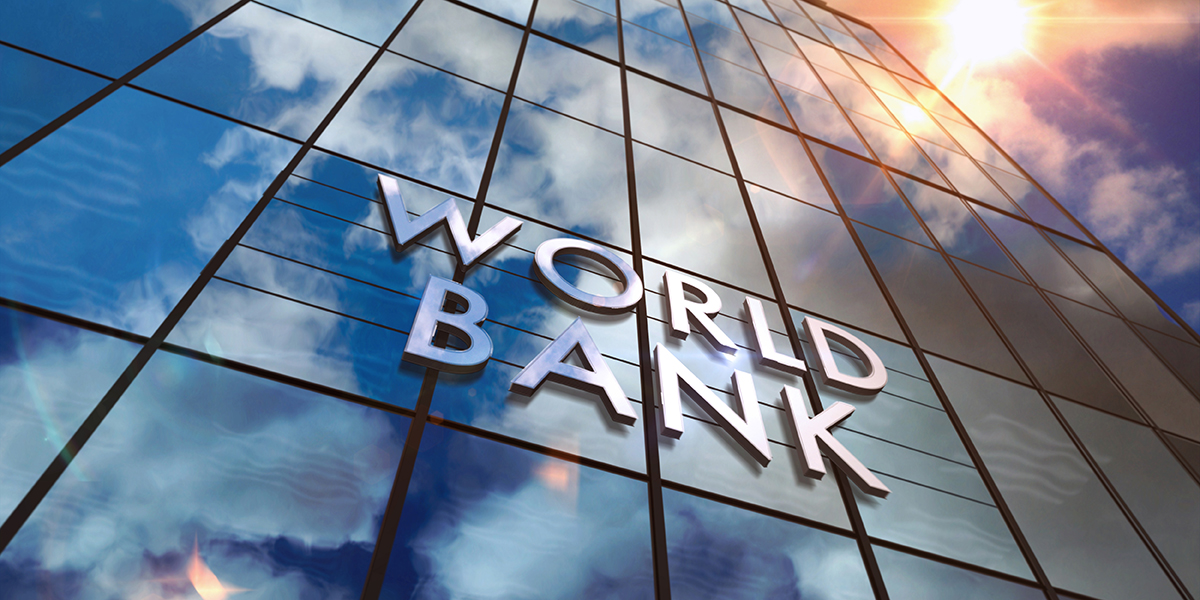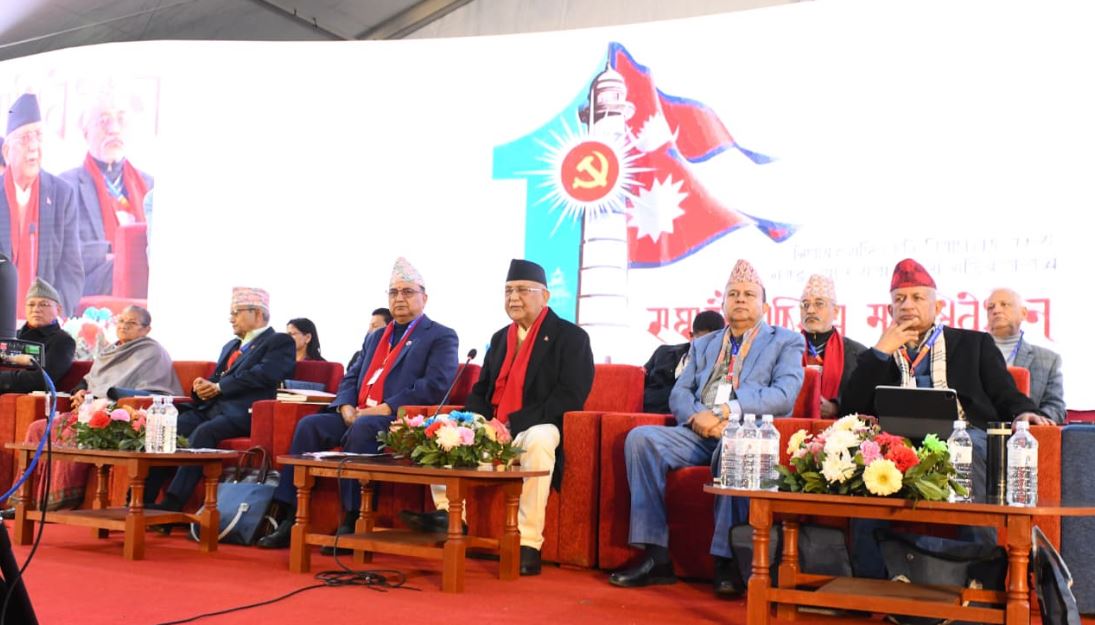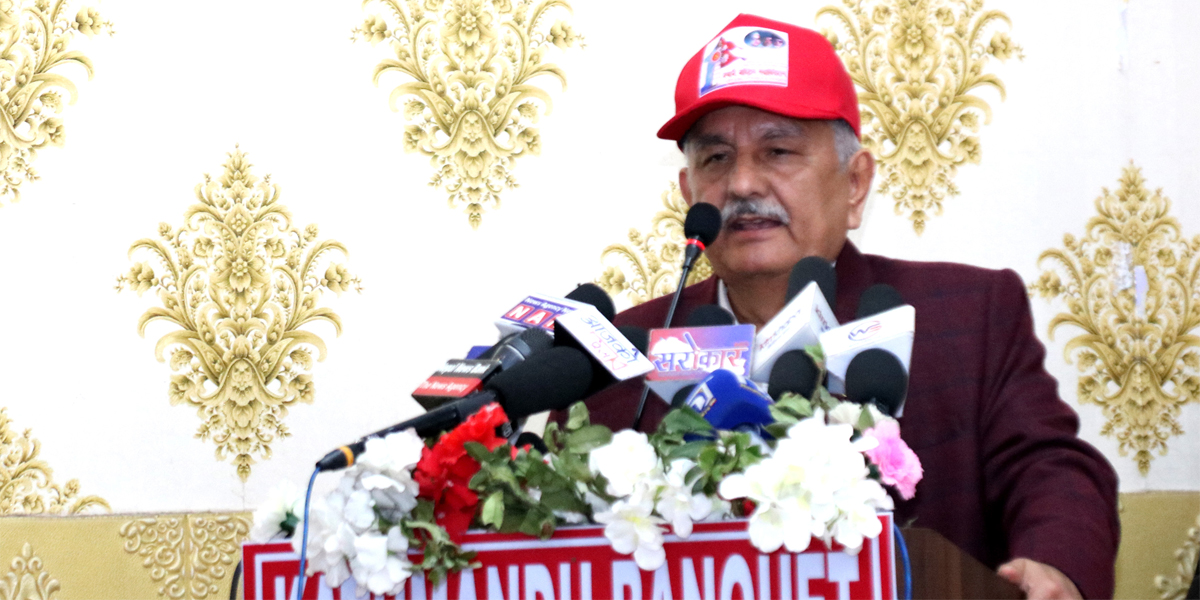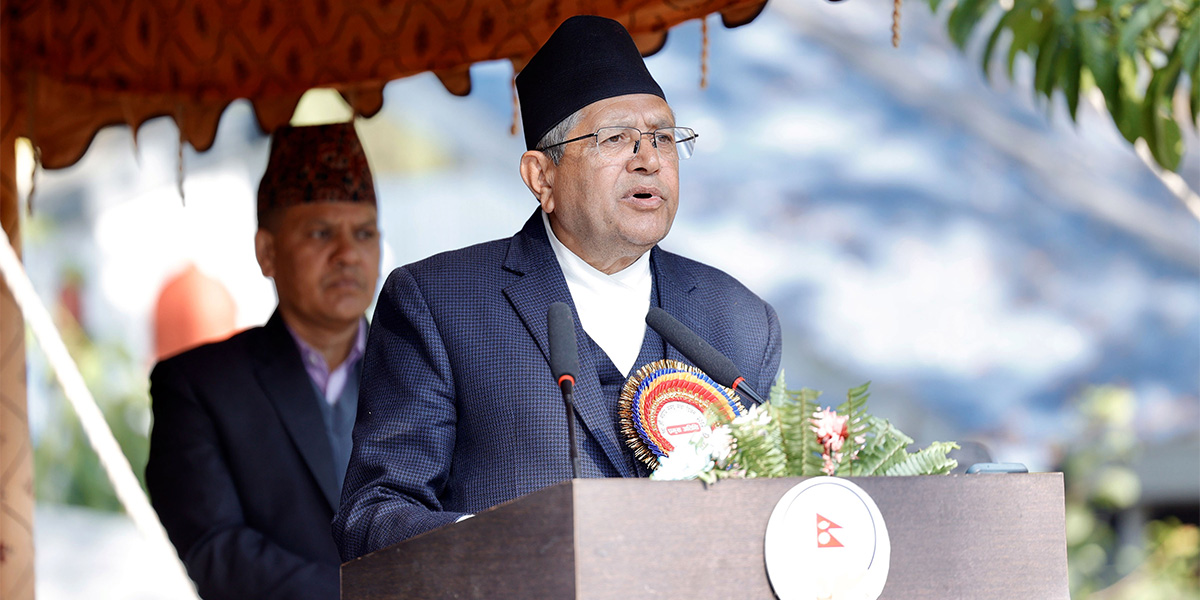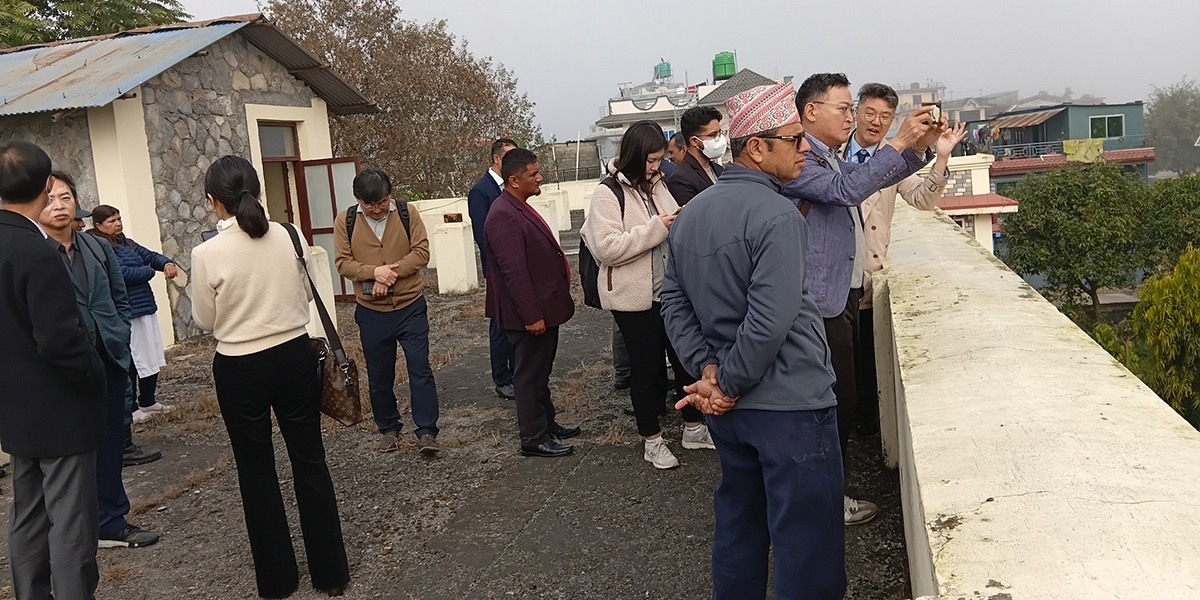
KATHMANDU: Nepal’s economy is expected to rebound to 3.9% in the current fiscal year owing to a lagged impact of the lifting of import restrictions, strong rebound in tourism, and the gradual loosening of monetary policy, according to the World Bank’s Nepal Development Updated.
The Nepal Development Update, released on Tuesday, projects Nepal’s economy to grow by 5% in the next fiscal year. “However, there are multiple risks to the outlook including an erratic monsoon, which could dampen agricultural growth; a renewed spike in commodity prices or continued food export bans by India which would raise prices; and higher inflation which could keep policy rates elevated, increase domestic debt servicing costs, and drag on growth,” the World Bank said in its twice-a-year publication.
According to the report, the country’s total exports amounted to 6.9% of GDP in the last fiscal year, representing only a third of the exports of other South Asian middle-income countries on average. The World Bank has associated real appreciation of the exchange rate and continued low labor productivity with lower exports. “Nepal suffers from labor productivity deficit across all three sectors – agriculture, industry, and services – compared to peer countries and its main trading partner, India,” it added.
Faris Hadad-Zervos, World Bank Country Director for Maldives, Nepal, and Sri Lanka, said improved external competitiveness is key to driving recovery and enabling Nepal to compete in export markets, in terms of both prices and quality. “This requires emphasis on reforms to help increase domestic productivity and reduce the inflation differential with Nepal’s trading partners,” he added.

 Himal Press
Himal Press 